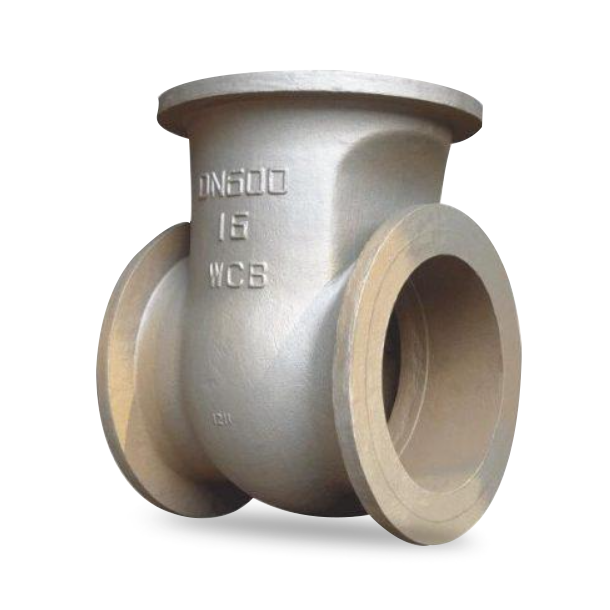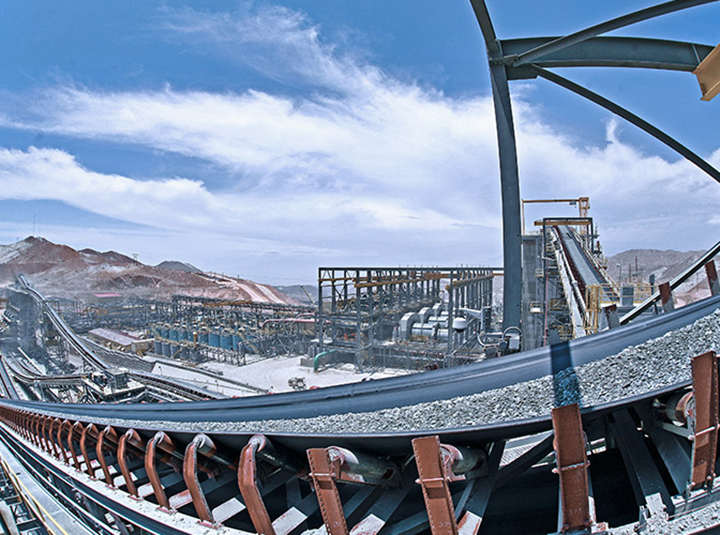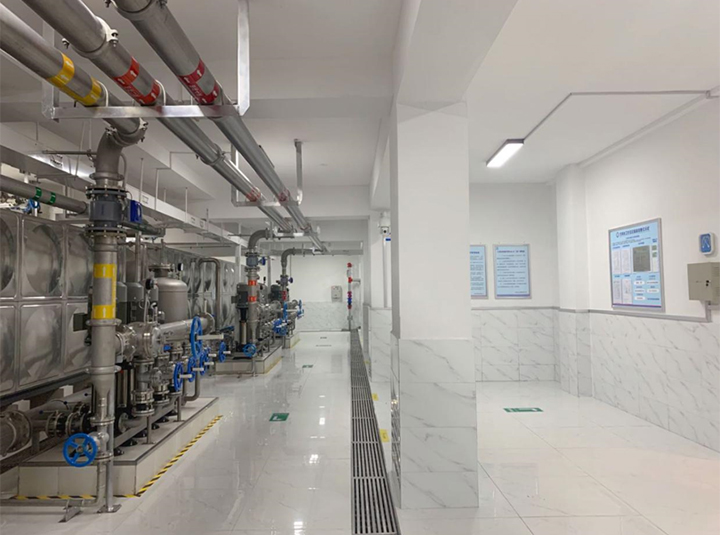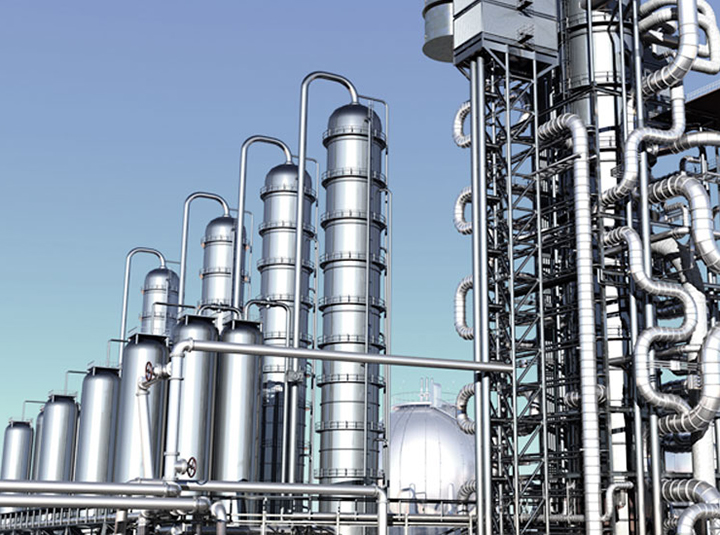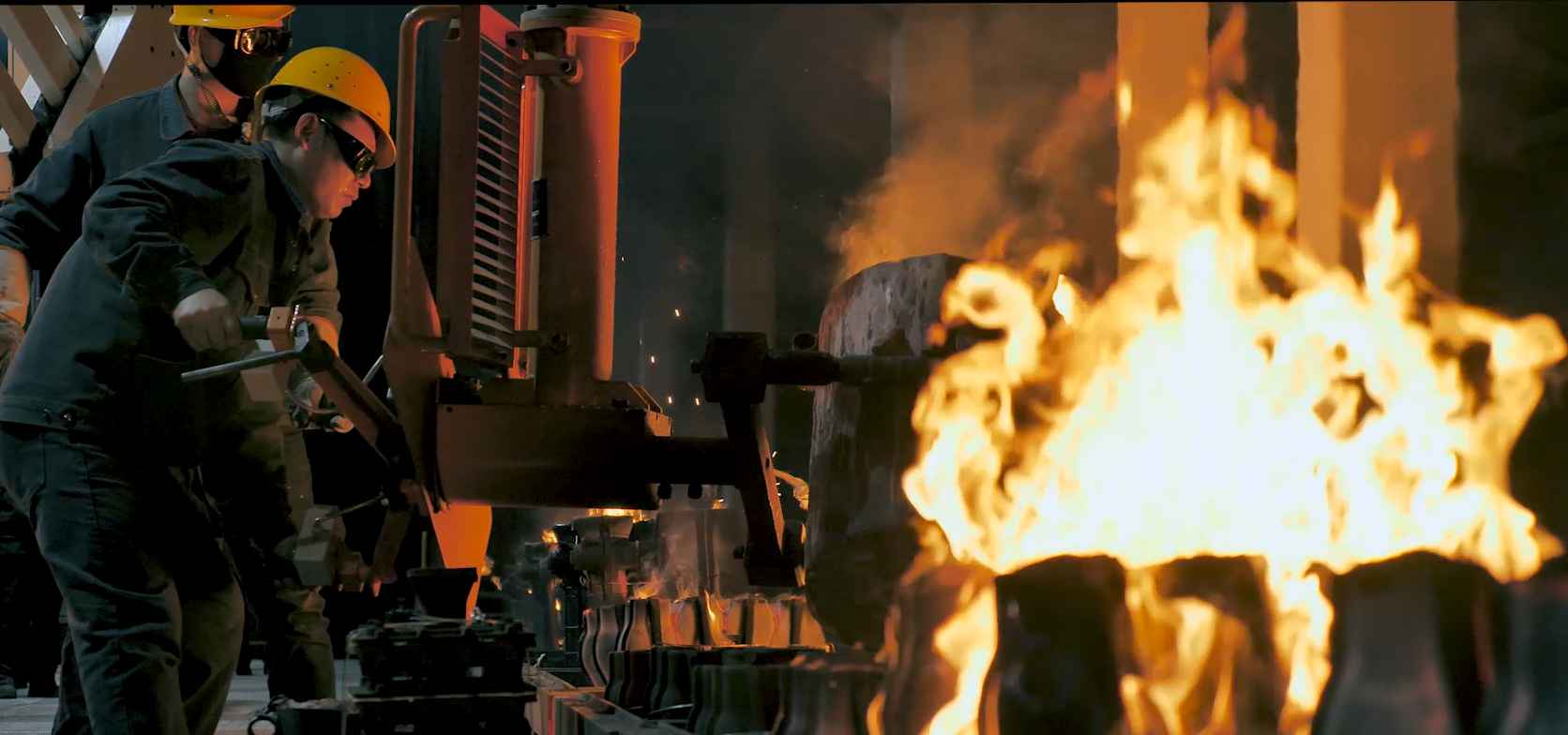The cast iron ball valves is a type of valve that controls the flow of fluid by rotating a ball. It is widely used in industries such as petroleum, chemicals, power, construction, and municipal engineering. Compared to other types of valves, ball valves are known for their simple structure, easy operation, and excellent sealing performance. Cast iron, as one of the materials used for ball valves, is commonly employed for handling various industrial fluids, particularly in low-pressure and normal temperature conditions, due to its good corrosion resistance and compressive strength.
Working Principle of Cast Iron Ball Valve
The working principle of a cast iron ball valve can be summarized as controlling the fluid flow through the rotation of the ball. The main components include the valve body, ball, valve seat, valve stem, sealing ring, and actuator. Inside the valve body, there is a spherical valve element (the ball) with a hole passage. The size of this hole determines the amount of fluid that can flow through the valve. When the ball is rotated to a specific angle (usually 90 degrees), the hole aligns with the flow path of the fluid, and the valve is open, allowing the fluid to flow smoothly. Conversely, when the ball rotates 90 degrees, the hole no longer aligns with the flow path, and the fluid flow is blocked, closing the valve. The contact surface between the ball and the valve seat is typically fitted with sealing materials, such as PTFE, to ensure a good seal and prevent fluid leakage.
Common Applications of Cast Iron Ball Valve
Cast iron ball valves are commonly used for medium to low-pressure fluid control, especially in systems that transport water, natural gas, steam, and oils. In large pipeline systems, ball valves are often used in critical areas due to their excellent sealing capabilities and durability. They are especially essential in industrial water treatment, heating systems, petroleum and chemical industries, and environmental protection facilities.
Maintenance of Cast Iron Ball Valve
Although cast iron ball valves are highly durable, some issues such as leakage, jamming, or seal failure may still arise over time. Proper maintenance can extend the service life of the valve and improve its operational efficiency.
If leakage occurs, first check the condition of the sealing ring for aging. The valve seat, which bears continuous pressure and the impact of fluid, is prone to wear and may need to be replaced. Clean any debris and sediment from inside the valve, especially when dealing with corrosive or particulate-laden fluids, as accumulated dirt can affect the ball's rotation, causing the valve to jam. Inspect the valve stem for corrosion or looseness to ensure smooth ball operation. Regular lubrication with oil helps keep the valve operating normally.
For issues such as poor opening and closing, first clean any accumulated debris and check whether the ball surface is smooth. If parts are severely damaged, they should be replaced. If the valve is equipped with an electric or pneumatic actuator, inspect the actuator's electrical or pneumatic system to ensure it is functioning correctly. If the ball, valve seat, or sealing ring are damaged due to prolonged use, chemical exposure, or pressure, it is recommended to replace the damaged components to restore the valve's sealing ability and function.
Due to its excellent sealing performance and ease of operation, cast iron ball valves are widely used in various industrial fields. To ensure the long-term stable operation of the valve, regular inspection and maintenance are essential. By promptly addressing issues such as leakage, jamming, and wear, the service life of the valve can be effectively extended, enhancing its performance in fluid control systems. Proper maintenance not only helps ensure the safe operation of the system but also reduces unnecessary maintenance costs.



